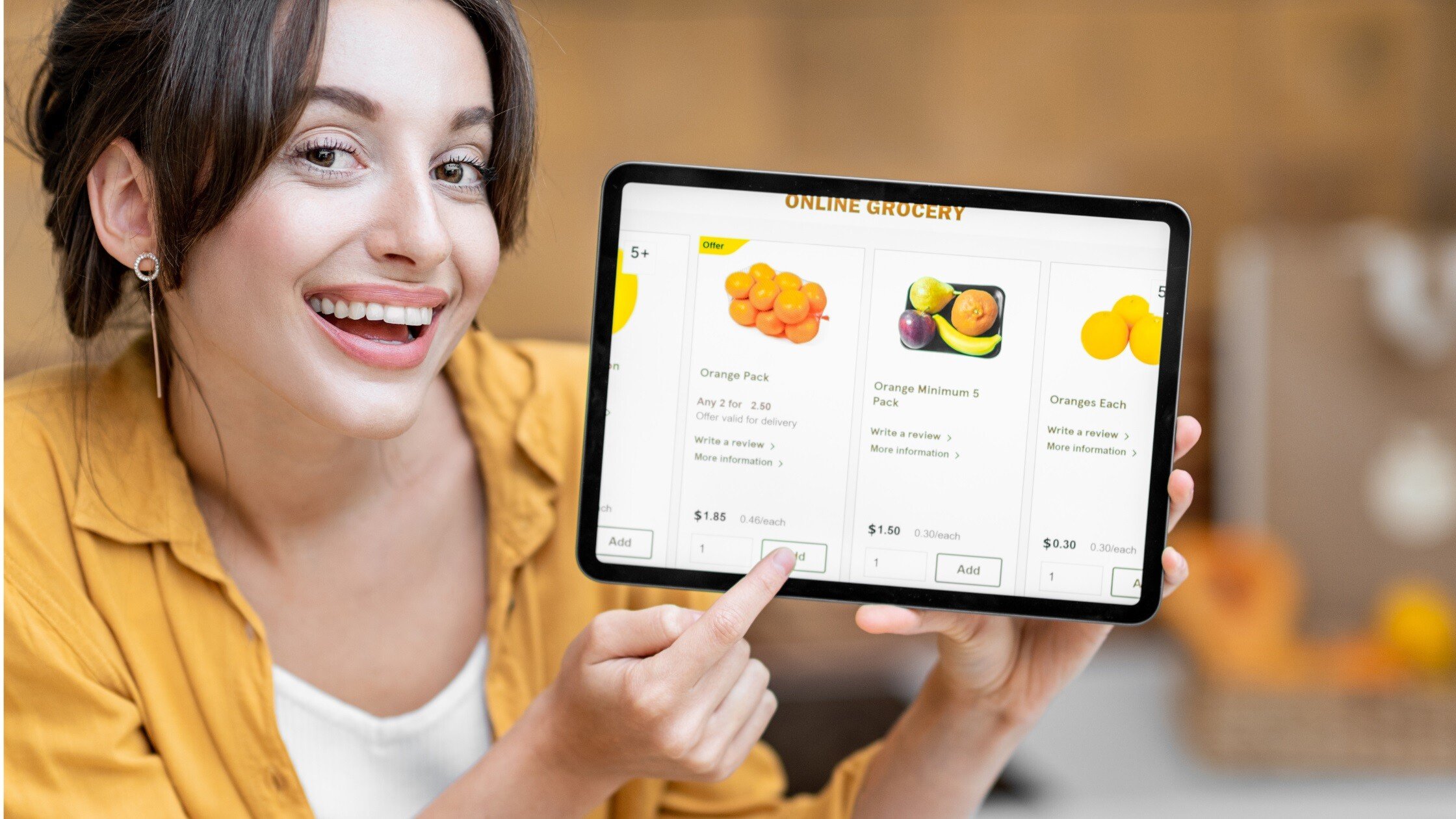Why Most Amazon Listings Don’t Convert (And It’s Not About Price)
Introduction: The Myth That Costs Millions
Every Amazon operator has asked the same question: “If traffic is strong, why aren’t we converting?”
The easy answer is price. The real answer isn’t.
According to AMZScout’s 2025 Amazon Conversion Rate Guide, optimized listings can reach 5–15% conversion rates depending on category and content quality. Most brands hover at 3–5%.
That gap doesn’t come from being too expensive, it comes from being forgettable.
Conversion on Amazon has less to do with discounts and everything to do with clarity, credibility, and confidence. If shoppers don’t see, feel, and understand value within seconds, price won’t save the sale.
Why Conversion Rate Matters More Than Ever
In 2025, Amazon’s algorithm doesn’t just reward sales volume. It rewards efficiency.
As highlighted in Ad Badger’s 2025 Benchmarking Insights, conversion rate now influences three critical performance layers:
- Organic ranking: listings that convert climb faster.
- Ad efficiency: stronger conversion means lower CPCs.
- Profitability: high conversion reduces wasted traffic.
Low conversion signals to the algorithm that shoppers didn’t find what they wanted, pushing your listing down and raising your cost-per-click.
High conversion, on the other hand, creates a compounding effect: more visibility, more sales, lower spend.
In short: improving conversion isn’t just about selling more, it’s about paying less to do it.
The Real Conversion Killers (And None Are About Price)
A recent Sequence Commerce study found that most underperforming listings share the same weak spots, and not one involves pricing. The blockers are visual, structural, and psychological.
Let’s break them down.
-
Generic or Low-Quality Images
Your images are your storefront. On Amazon, they’re often your only storefront.
Buyers scroll fast, your hero image has just 0.3 seconds to communicate value.
The best-performing listings follow a visual narrative that feels intentional, not improvised:
- Hero image: clean, differentiated, instantly relevant.
- Lifestyle image: shows real use, not stock context.
- Infographic: summarizes benefits visually.
- Close-ups: highlight quality and materials.
- Social proof: reviews, badges, or seals of trust.
Research from AmzoneStep (2025) found that listings addressing buyer pain points visually can lift conversion by up to 34%. Shoppers don’t just want to see what your product looks like, they want to see how it fits into their lives.
-
Weak or Outdated Reviews
Even the best listing can’t outrun weak credibility.
Amazon shoppers read reviews like insurance policies. They want proof, recent, authentic, and relevant.
Reinforce your story with A+ Content and FAQs when review volume is low. By preemptively answering doubts, you replace missing social proof with transparency.
It’s not about perfection. It’s about presence.
Modern shoppers don’t expect every review to be glowing. They expect to see real people, real timelines, and a sense that your brand is active, responsive, and improving.
-
Copy That Lists Features, Not Benefits
Specs inform. Benefits convert.
Many brands still treat Amazon bullets like spec sheets. That’s a conversion killer.
The Velocity Sellers Playbook emphasizes that bullets must translate features into buyer value:
- “5000mAh battery” → Lasts two full days without charging.
- “Waterproof to 30m” → Swim or shower without worry.
- “Ergonomic backrest” → Stay comfortable through eight-hour workdays.
Buyers don’t want to decode product specs, they want to visualize impact. Your copy should answer the silent question in every shopper’s mind: How does this make my life better?
-
Poor Mobile Experience
More than 70% of Amazon shoppers browse and buy on mobile. Yet many listings still look like desktop pages forced into smaller screens.
Uptech’s Amazon UX Case Study (2025) found that cluttered visuals and unreadable text can slash conversions by up to 400% compared to mobile-optimized content.
Amazon itself continues to invest in mobile-native design modules, emphasizing clean layouts, quick load times, and digestible graphics.
For sellers, the rule is simple: If your listing isn’t built for mobile, it’s built to lose.
-
Lack of Visual Storytelling
The highest-performing listings don’t just show, they lead.
They use visuals to guide the shopper through an emotional journey that builds trust and certainty.
Velocity Sellers defines this as “Conversion Psychology in 5 Frames”:
- Hook: grab attention with a clear, benefit-driven hero.
- Proof: show the product solving a real problem.
- Logic: reinforce the benefit through data or visuals.
- Trust: show quality, packaging, or testimonials.
- Reassurance: seal it with a guarantee or mission.
This short narrative replaces friction with confidence, the moment when hesitation turns into a click.
The Rise of AI Tools for Creative Optimization
Amazon is quietly rewriting the creative playbook.
AI Creative Studio, launched this year, lets brands auto-generate lifestyle visuals trained on conversion data. Early adopters report CTR lifts of up to 40%, cascading into higher conversions (Sequence Commerce, 2025).
What this means:
- Small brands can now compete visually at enterprise speed.
- Large brands can test and scale creative variations faster than ever.
AI isn’t replacing creativity, it’s amplifying it. The brands combining strong strategy with AI efficiency are already winning attention where it counts.
Benchmarking Conversion: Context Is Everything
Before panicking about numbers, zoom out.
Conversion rates vary wildly by category, price point, and intent.
Ad Badger’s 2025 report confirms what every experienced seller knows: premium or complex items will always convert lower than impulse buys.
The goal isn’t to reach a universal “good rate.” It’s to outperform your category average, consistently.
Even a 0.5% increase in conversion rate can dramatically shift profitability when scaled across paid traffic and organic visibility.
Conversion Is the Real Growth Engine
Price gets attention. Presentation wins decisions.
In 2025, Amazon’s algorithm rewards clarity, trust, and performance, not discounts. Conversion is no longer a side metric. It’s the signal that defines your growth trajectory.
For emerging sellers, this means designing listings that convert through confidence, not competition. For established brands, it means testing relentlessly to protect market share and lower ad waste.
In both cases, the equation is the same: Price might open the door, but trust keeps shoppers inside.
The Confidence Economy
The Amazon of today runs on trust velocity, how fast a shopper feels confident enough to buy.
Every optimized image, headline, and review accelerates that decision. And in a marketplace this crowded, that’s your most valuable edge.
At HatchEcom, we help brands build conversion systems rooted in data, design, and decision psychology. Because in the confidence economy, growth isn’t about who sells more, it’s about who earns trust faster.
.png?width=238&height=70&name=Logo%20HatchEcom%20azul%20(1).png)
.png?width=200&height=59&name=Logo%20HatchEcom%20azul%20(1).png)



